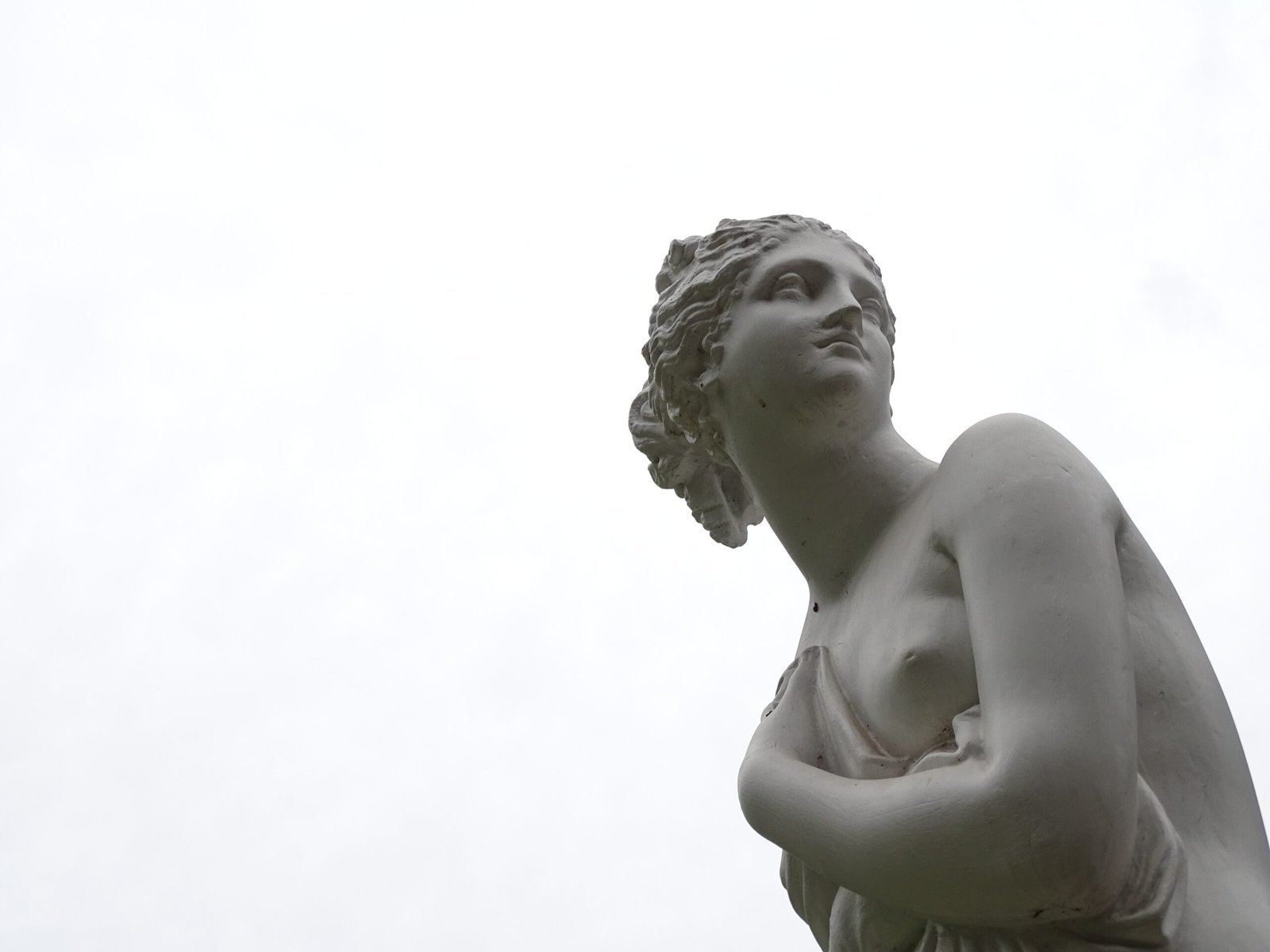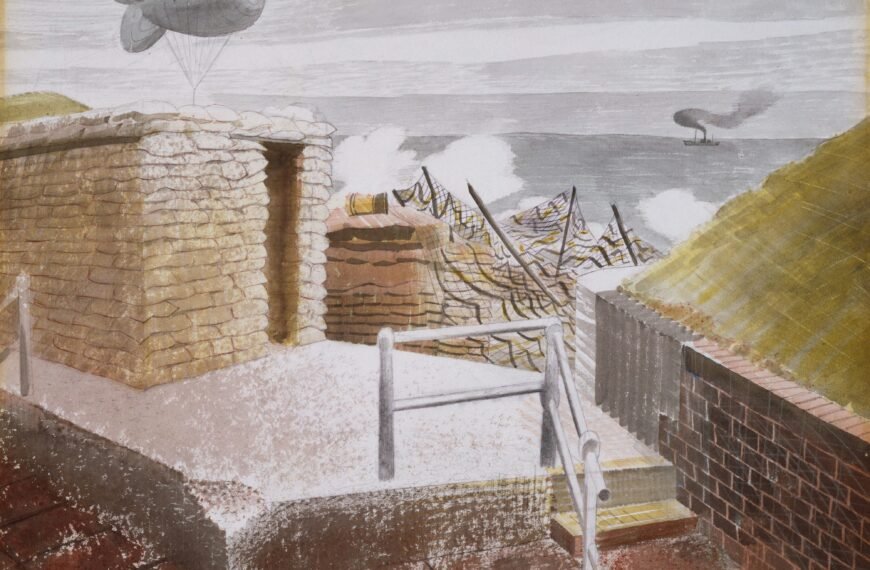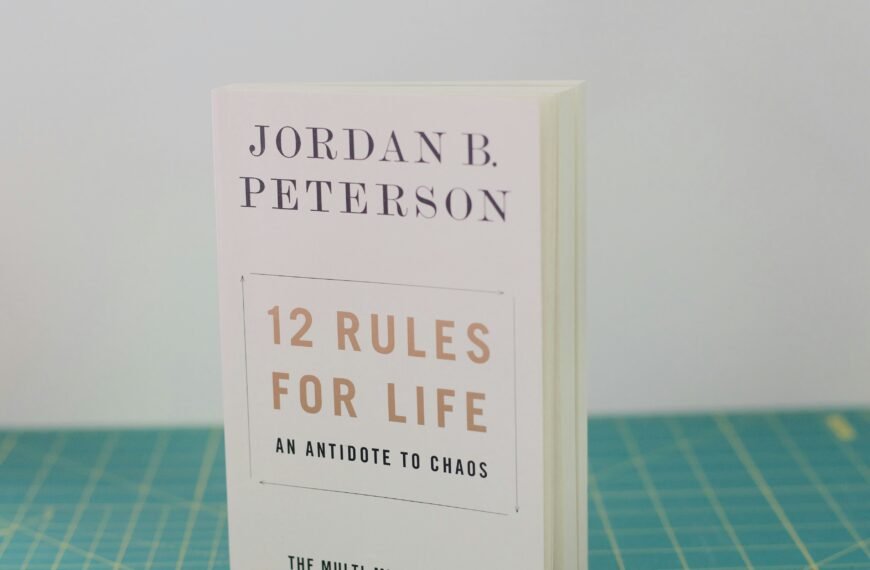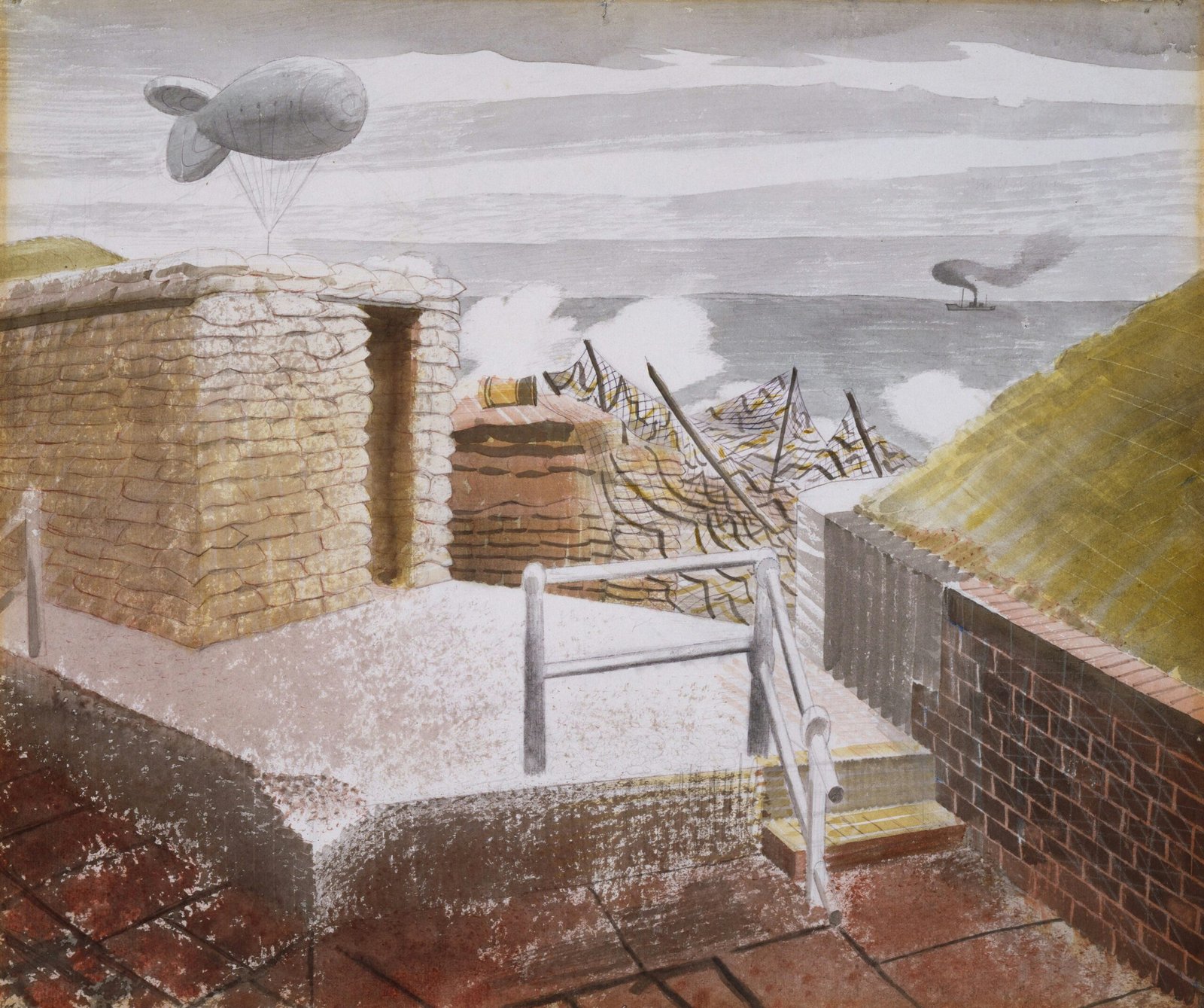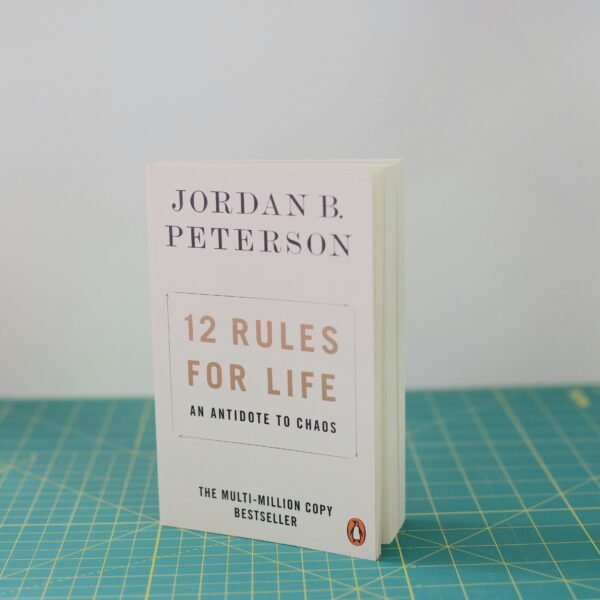Experience a new perspective on the renowned sculptor Isamu Noguchi through Marie Menken’s groundbreaking film, “Visual Variations on Noguchi.” Shot almost 80 years ago in his Greenwich Village studio, this film captures Noguchi’s work in a unique and artistic style. It is the first time that the Noguchi Museum has ever screened this captivating film. Discover how Menken’s avant-garde approach influenced artists like Jonas Mekas and Stan Brakhage, and delve into the intriguing connection between motion, sculpture, and subjective perception. This must-see exhibition at the Noguchi Museum invites you to see Noguchi’s sculptures through a whole new lens.

Overview of Isamu Noguchi’s Work
Introduction to Isamu Noguchi
Isamu Noguchi was a renowned Japanese-American sculptor and designer who made significant contributions to the field of modern art during the 20th century. He is best known for his innovative sculptures, which combined elements of Western modernism with traditional Japanese aesthetics. Noguchi’s work often explored the relationship between form and function, and he was highly skilled in creating abstract yet expressive forms that captivated viewers.
The Noguchi Museum
Located in Queens, New York, the Noguchi Museum is dedicated to preserving and showcasing the works of Isamu Noguchi. It was established in 1985, and since then, it has become a prominent institution for contemporary art and design. The museum houses a comprehensive collection of Noguchi’s sculptures, furniture, and works on paper, providing visitors with an immersive experience into the artist’s creative world.
Isamu Noguchi’s Sculptures
Noguchi’s sculptures are characterized by their organic forms, clean lines, and harmonious blend of materials. He often worked with materials such as stone, wood, and metal, manipulating them to create visually compelling and emotionally resonant pieces. Through his sculptures, Noguchi sought to evoke a sense of balance, harmony, and connection between the viewer and the artwork.
Marie Menken and ‘Visual Variations on Noguchi’
Introduction to Marie Menken
Marie Menken was an avant-garde filmmaker and painter known for her experimental approach to filmmaking. She was born in Brooklyn to Lithuanian immigrants, and her artistic career spanned from the 1940s to the 1960s. Menken’s work explored themes of perception, movement, and abstraction, and she was known for her innovative use of hand-held cameras and experimental editing techniques.
Overview of ‘Visual Variations on Noguchi’
“Visual Variations on Noguchi” is a short film shot by Marie Menken in Isamu Noguchi’s studio in Greenwich Village. Filmed in 1945 or 1946, the four-minute-long film offers a unique perspective on Noguchi’s work from Menken’s artistic point of view. It showcases Noguchi’s sculptures through close-up shots, emphasizing their textures, forms, and details. Menken’s film is considered a pioneering work in avant-garde cinema and has influenced many filmmakers and artists.
Influence of Menken’s Film
Marie Menken’s “Visual Variations on Noguchi” had a significant impact on the art world and experimental filmmaking. Her use of hand-held camera techniques and close-ups of Noguchi’s sculptures challenged traditional notions of how art should be portrayed on film. The film’s fragmented depiction of Noguchi’s work and its emphasis on subjective experience opened up new possibilities for artists to explore different perspectives and interpretations in their own work.
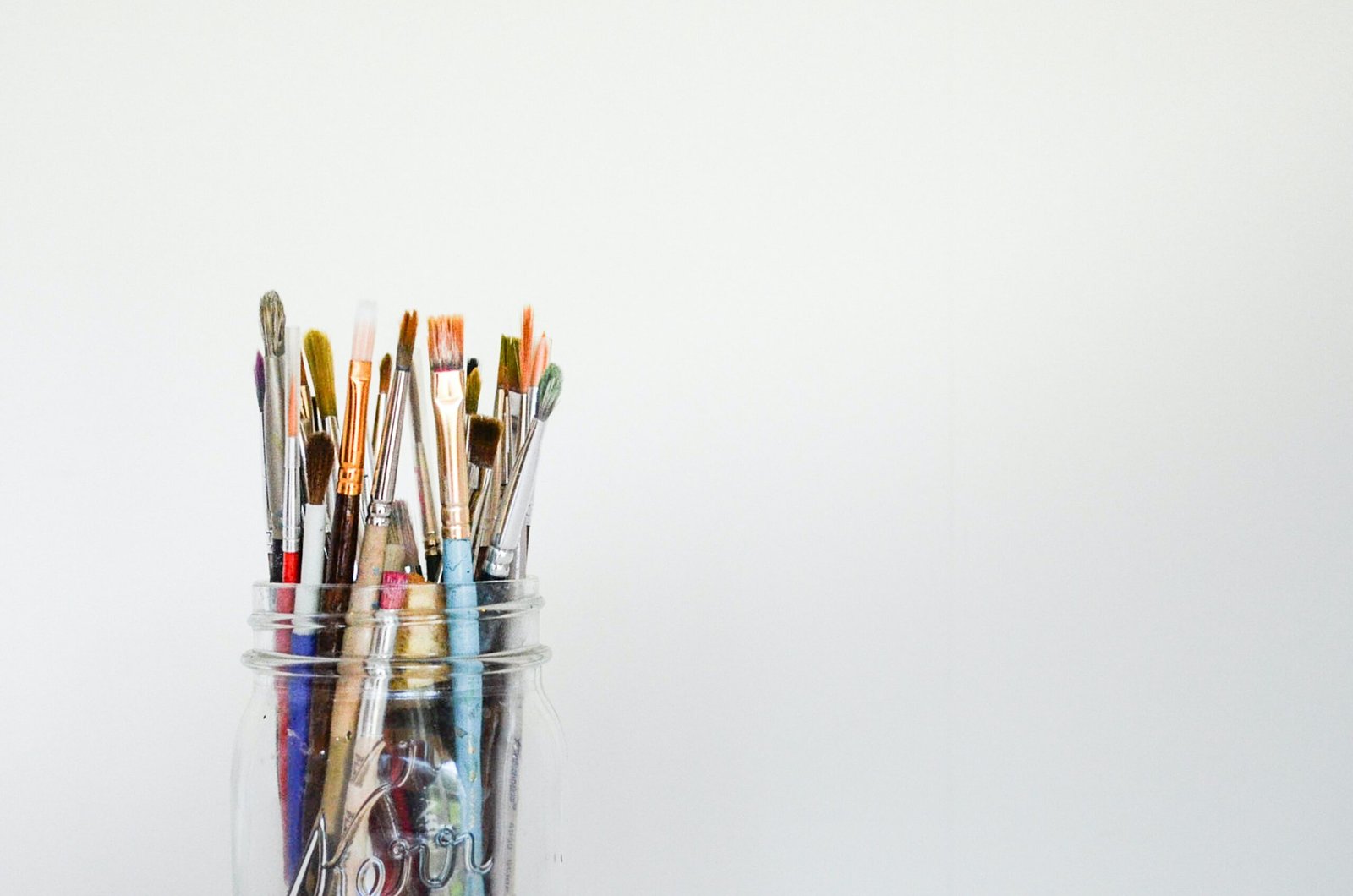
Analysis of ‘Visual Variations on Noguchi’
Close-Up Shots of Noguchi’s Sculptures
One notable aspect of Menken’s film is the use of close-up shots to capture the essence of Noguchi’s sculptures. By focusing on the intricate details and textures of the artworks, Menken invites viewers to engage with the sculptures on a deeper level. The close-ups also highlight the organic forms and smooth curves that are characteristic of Noguchi’s work, allowing viewers to appreciate the artistic craftsmanship and attention to detail.
The Use of Hand-Held Camera
Menken’s decision to use a hand-held camera in “Visual Variations on Noguchi” adds a sense of dynamism and intimacy to the film. The shaky camera movements and unconventional angles create a more immersive experience for the viewer, as if they are actively exploring the sculptures alongside Menken. This technique also reflects Menken’s own artistic style and her commitment to experimental filmmaking.
Depiction of Noguchi’s Work
Through her film, Marie Menken presents a unique interpretation of Isamu Noguchi’s sculptures. Rather than simply documenting the artworks, Menken provides her own subjective perspective and invites viewers to see Noguchi’s work through her eyes. This approach challenges traditional notions of objectivity in art and encourages viewers to engage with the artworks in a more personal and subjective way.
Curator’s Perspective
Curator Kate Wiener’s Essay
In her essay for the exhibition, curator Kate Wiener explores the connection between Noguchi’s work and choreography. She discusses how Noguchi often collaborated with choreographers, and suggests that Menken’s film activates the motion implied by Noguchi’s organic and flowing sculptures. Wiener’s essay provides valuable insights into the interdisciplinary nature of Noguchi’s work and sheds light on the significance of Menken’s film within the broader context of Noguchi’s artistic practice.
Link Between Noguchi and Choreography
Noguchi’s sculptures often evoke a sense of movement and rhythm, and his collaborations with choreographers further emphasize this connection. By bringing together the mediums of sculpture and dance, Noguchi created a dialogue between form and movement. Menken’s film, through its use of hand-held camera and fragmented shots, captures the essence of this relationship and offers a new perspective on the interplay between Noguchi’s sculptures and choreography.
Activation of Noguchi’s Work
Through her experimental filmmaking techniques, Menken activates Noguchi’s sculptures in a way that elicits a more visceral and immediate response from the viewer. By emphasizing movement, texture, and form, Menken’s film brings Noguchi’s sculptures to life, allowing viewers to experience them in a dynamic and engaging manner. The activation of Noguchi’s work through the medium of film adds a new layer of interpretation and appreciation to his artistic legacy.

Subjectivity in Art
Breaking Away from the Fantasy of Completeness
Menken’s film challenges the traditional notion of art as a complete and static object. By presenting fragmented shots and close-ups of Noguchi’s sculptures, Menken disrupts the idea of a singular and fixed interpretation of art. Instead, she invites viewers to engage with the sculptures from her own subjective perspective, encouraging them to find their own meaning and connection to the artworks.
Immersing in Someone Else’s Perception
“Visual Variations on Noguchi” offers viewers a unique opportunity to immerse themselves in Marie Menken’s perception of Noguchi’s sculptures. By experiencing the artworks through Menken’s lens, viewers are encouraged to explore different viewpoints and interpretations, expanding their understanding of Noguchi’s work beyond the conventional art historical narrative. This immersive experience demonstrates the subjective nature of art and highlights the diversity of perspectives that can exist within the art world.
Implications for Museum Exhibits
Menken’s film raises important questions about the role of museums in presenting art to the public. By showcasing “Visual Variations on Noguchi” alongside Noguchi’s sculptures, the Noguchi Museum challenges the traditional museum model that seeks to present a comprehensive and objective representation of an artist’s work. Instead, the museum embraces subjectivity and encourages viewers to engage with art on a more personal and subjective level. This approach has implications for how museums can create more immersive and inclusive experiences for visitors.
The Role of Noguchi’s Sculptures
Highlighting Noguchi’s Sculptures
Marie Menken’s film serves as a platform to highlight the beauty and intricacy of Isamu Noguchi’s sculptures. Through her experimental filmmaking techniques, Menken brings attention to the details and textures of the artworks, allowing viewers to appreciate the craftsmanship and artistic vision behind Noguchi’s work.
Description of Notable Sculptures
Noguchi’s sculptures are renowned for their innovative forms and use of materials. One notable sculpture featured in Menken’s film is “Gregory,” a large, palette-shaped piece of slate studded with perpendicular protrusions. Inspired by Kafka’s “Metamorphosis,” “Gregory” embodies a unique beauty that combines organic and geometric elements. Another significant sculpture is “Trinity,” which transforms the terrifying technology of the mushroom cloud into a deco, cut-paper cactus. The interplay between these sculptures and Menken’s film creates a dynamic and thought-provoking experience for viewers.
Interplay with Menken’s Film
The juxtaposition of Menken’s film and Noguchi’s sculptures creates a dialogue between different artistic mediums. Menken’s film offers a subjective interpretation of Noguchi’s sculptures, while the sculptures themselves embody a timeless and static quality. This interplay between movement and stillness, subjectivity and objectivity, adds depth and complexity to the viewing experience, encouraging viewers to consider the multiple layers of meaning embedded within the artworks.
Alternative Perspective
Menken’s ‘Moonplay’ and Perception
In addition to “Visual Variations on Noguchi,” Menken’s film “Moonplay” offers further insight into her artistic approach. Through shots of the moon against a black sky, Menken explores the perception of light and shadow. The film captures the moon in various forms and positions, showing how subjective perception can transform a seemingly static object into a dynamic and ever-changing entity.
Contrast with ‘Visual Variations on Noguchi’
While “Visual Variations on Noguchi” focuses on Noguchi’s sculptures, “Moonplay” provides a contrasting perspective that explores the relationship between motion and stillness. By showcasing both films together, the exhibition highlights the versatility and experimentation of Menken’s artistic style, as well as the diverse perspectives she brings to her subjects.
Finding Details and Unity
Despite the contrasting perspectives presented in Menken’s films, there is an underlying unity that emerges. Both “Visual Variations on Noguchi” and “Moonplay” invite viewers to engage with the artworks on a deeper level, to look beyond the surface and discover the intricate details and unique qualities within each piece. Through her innovative filmmaking techniques, Menken challenges viewers to explore new perspectives and find unity within diversity.
Exhibition Details
Dates and Location
The exhibition “A Glorious Bewilderment: Marie Menken’s ‘Visual Variations on Noguchi'” is currently on display at the Isamu Noguchi Foundation and Garden Museum in Long Island City, New York. The exhibition runs until February 4th, giving visitors ample time to explore the artworks and experience the unique perspectives offered by Menken’s film.
Other Works by Marie Menken
Alongside “Visual Variations on Noguchi,” the exhibition also includes other short films and ephemera by Marie Menken. These additional works provide further insight into Menken’s artistic practice and her contribution to experimental filmmaking during the mid-20th century. Together, these films offer a comprehensive view of Menken’s artistic style and her unique interpretation of various subjects.
Further Information
For those interested in learning more about Isamu Noguchi, Marie Menken, and their respective contributions to the art world, the Noguchi Museum provides resources and information for further exploration. This includes books, articles, and online materials that delve deeper into the lives and works of these influential artists.
Critics and Reviews
Will Heinrich’s Review
Art critic Will Heinrich reviewed the exhibition “A Glorious Bewilderment: Marie Menken’s ‘Visual Variations on Noguchi'” for The New York Times. Heinrich praised Menken’s experimental filmmaking techniques and her ability to capture the essence of Noguchi’s sculptures through close-up shots. He also discussed the interplay between Menken’s film and Noguchi’s sculptures, highlighting the unique perspectives and meanings that emerge when the two are presented side by side.
Reception and Response
The exhibition has garnered positive responses from both the art community and the general public. Visitors have praised the immersive and thought-provoking experience offered by Menken’s film, as well as the opportunity to see Noguchi’s sculptures through a different lens. The exhibition has sparked conversations and discussions about the subjectivity of art and the importance of multiple perspectives in understanding and appreciating artistic works.
Significance of the Exhibition
The exhibition of “Visual Variations on Noguchi” at the Noguchi Museum holds great significance in terms of artistic collaboration and the exploration of alternative perspectives. By showcasing Menken’s film alongside Noguchi’s sculptures, the museum encourages viewers to think critically about art and to consider the diverse ways in which art can be experienced and interpreted. This exhibition serves as a testament to the lasting impact of both Isamu Noguchi and Marie Menken on the art world.
Conclusion
Reflecting on the works of Isamu Noguchi and Marie Menken, it becomes evident that art is not bound by objective interpretations. Through her film “Visual Variations on Noguchi,” Menken offers a subjective perspective that challenges traditional notions of art representation. By showcasing Menken’s film alongside Noguchi’s sculptures, the exhibition at the Noguchi Museum allows viewers to explore alternative perspectives and engage with the artworks in a more personal and immersive way. The impact of “Visual Variations on Noguchi” extends beyond the film itself, opening up new possibilities for understanding and appreciating art. By embracing subjectivity and multiple viewpoints, the exhibition celebrates the richness and diversity of artistic expression.

